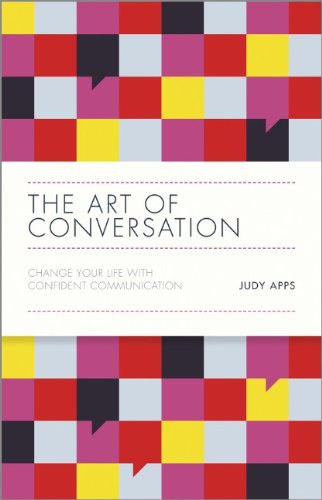The Art of Conversation
Change Your Life with Confident Communication
Good conversation is at the heart of networking, meetings, interviews, negotiations and raising your profile.
لغو
ذخیره و ثبت ترجمه


دیدگاه کاربران